
Taking Control of Your Vape: A Guide to Temperature Control
Navigation
- What is Temperature Control Vaping?
- The Origins of Temperature Control Vaping
- How Does Temperature Control Actually Work?
- Why Temperature Control is Worth Trying
- Getting Started with Temperature Control
- The Pros Outweigh the Cons
Vaping technology has come a long way since the early days of variable-wattage devices. One of the most significant innovations in recent years is temperature control (TC). This feature gives vapers much finer control over their vaping experience and solves some common problems like dry hits. Read on to learn all about how temperature control works, why you should try it, and how to get the most out of TC vaping.
What is Temperature Control Vaping?
Temperature control, sometimes abbreviated as TC, allows vapers to set a specific maximum temperature that their coil will reach. The mod then monitors the coil's resistance and adjusts the power output accordingly to maintain the set temperature.
This prevents the coil from overheating, eliminating those nasty dry hits we all hate. It also provides for an exceptionally smooth and consistent vape since each hit reaches the same temp. No more cool hits when your battery is low or scorching hot hits when you're chain vaping!
The Origins of Temperature Control Vaping
Mods with adjustable wattage were once the peak of vaping technology. Then came the revolutionary DNA chip by Evolv in 2014, introducing temperature control to the vaping scene. DNA mods quickly became the gold standard for TC, with accuracy and consistency that other chipsets still strive to match.
These days most vape mods include a TC mode, though the quality varies. Premium mods with DNA or Yihi chips remain atop the pile, but many mid-range mods from companies like Vaporesso and Voopoo now offer solid temperature control at an affordable price point.

How Does Temperature Control Actually Work?
The key to temperature control is using coil materials that have a resistance that predictably increases as they heat up. Common TC coil materials include nickel, titanium, and various grades of stainless steel.
The mod measures the coil's resistance at room temperature. As you vape, it continues monitoring any resistance changes and correlates this to the temperature. If the coil reaches your set limit, the mod automatically adjusts its power output in order to maintain the target temperature.
This creates a consistent vaping experience, just like cruise control in your car maintains a steady speed, whether going uphill or downhill. The mod provides more or less power as needed, but your vape stays at the same temp.
Why Temperature Control is Worth Trying
Prevents Dry Hits
This is the big one. With TC, you'll never get that horrible scorched taste when your wick dries out. Once the juice runs low, the temp will rise rapidly. The mod notices this increase and promptly reduces the power, giving you a clear signal to add more juice.
Extends Coil Life
Dry hits not only taste bad, but they burn your wicks and gunk up your coils. By preventing overheating, TC extends the life of your coils substantially. The consistent temps also reduce stress on the metal, so your coils last longer.
Customizable Vape Experience
Temperature control puts you in the driver's seat, letting you customize your ideal vaping temperature down to a degree. Do you like cool, smooth hits or big rips at hotter temps? The choice is yours. You can tailor a setting perfect for your juice or switch profiles for a new experience.
Consistent Hits
Ever get frustrated when one hit seems hot, and the next seems weak? With TC, you get the same satisfying hit each and every time. It doesn't matter if you're chain vaping or taking solo puffs. The mod works in the background to keep your vape consistent.
Improved Battery Life
One of the coolest side benefits of temperature control is that it uses less battery power. The mod only needs to provide enough voltage to maintain the set temp, whereas variable wattage keeps pumping full power constantly. For this reason, expect around 50% better battery life when using TC.

Getting Started with Temperature Control
Once you have a compatible setup, getting started with TC is easy. Here are the basic steps:
- Put your mod into TC mode and select the matching material (usually nickel, titanium, or stainless steel).
- Ensure your tank and mod are at room temperature before attaching. This helps accuracy.
- Attach the tank tightly and lock the baseline resistance reading.
- Set your desired maximum temperature, starting on the low end.
- Take a puff and bump up the temp if needed to find your sweet spot.
Be sure to start low until you find your ideal range. Common vaping temps are in the 390°F to 480°F (200°C to 250°C) range. But personal taste rules here. The temperature affects vapor density and warmth, so experiment to see what satisfies you.
The Pros Outweigh the Cons
Admittedly, getting the hang of TC can feel complicated at first. It requires a bit more attention and tinkering than just punching in your watts and vaping. However, most vapers find the benefits far outweigh this small learning curve.
Never again will you suffer the foul taste and frustration of a scorched wick. The bonuses like extended coil life, battery efficiency, and customization of your perfect vape take the experience to the next level.
So if you want to unlock the full potential of your mods and tanks, it's time to give TC a try. The days of dry hits, wasted coils, and inconsistent vapes will be over. Experience cloud-chasing bliss and flavor-chasing euphoria with each and every hit when you master the art of temperature control!


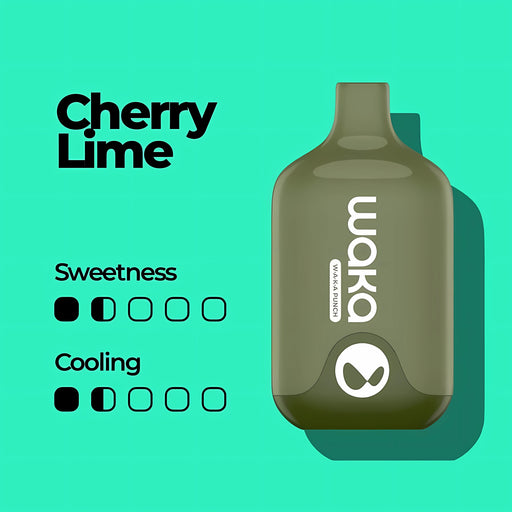 Relx X Waka Smash 6000
Relx X Waka Smash 6000
 Relx Infinity 2 Pods Pack
Relx Infinity 2 Pods Pack
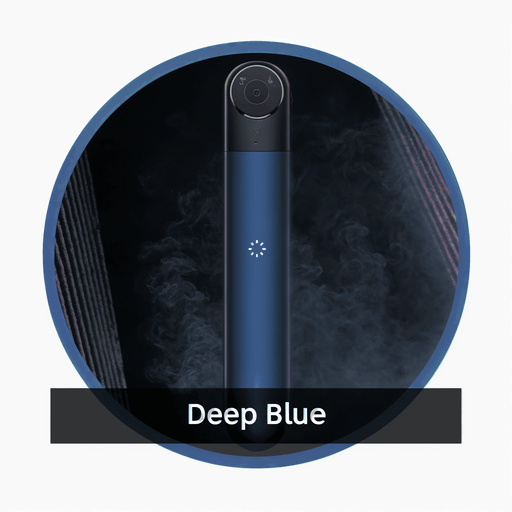 Relx Infinity Devices
Relx Infinity Devices
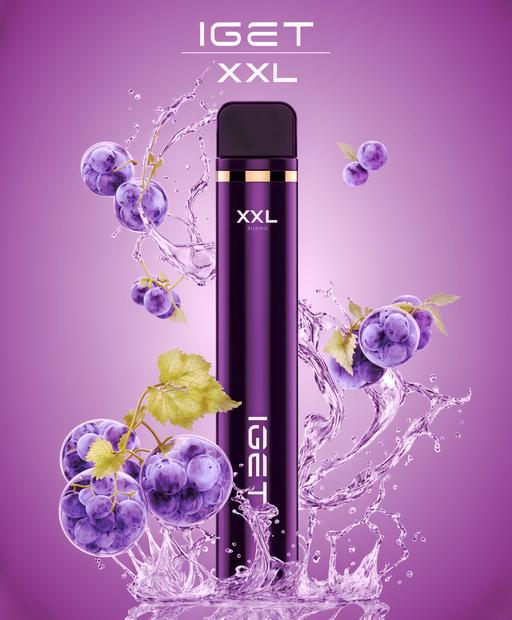 IGET XXL 1800 Puffs
IGET XXL 1800 Puffs
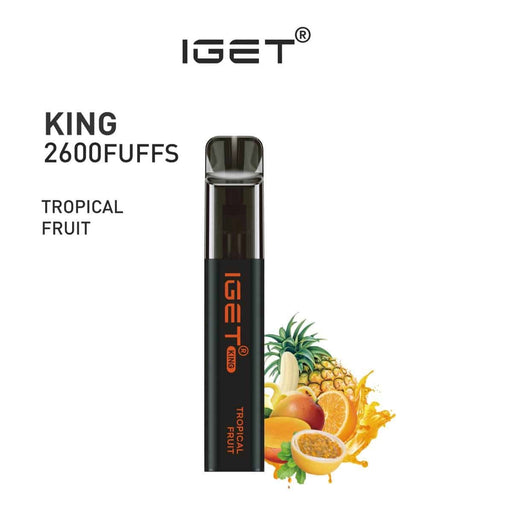 IGET King 2600 Puffs
IGET King 2600 Puffs
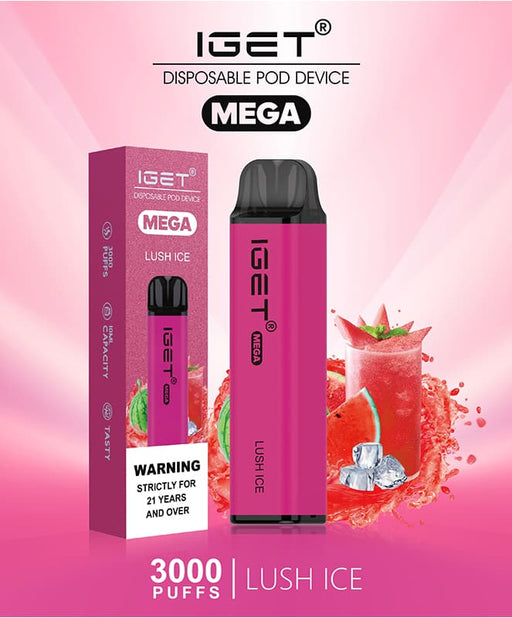 IGET Mega 3000 Puffs
IGET Mega 3000 Puffs
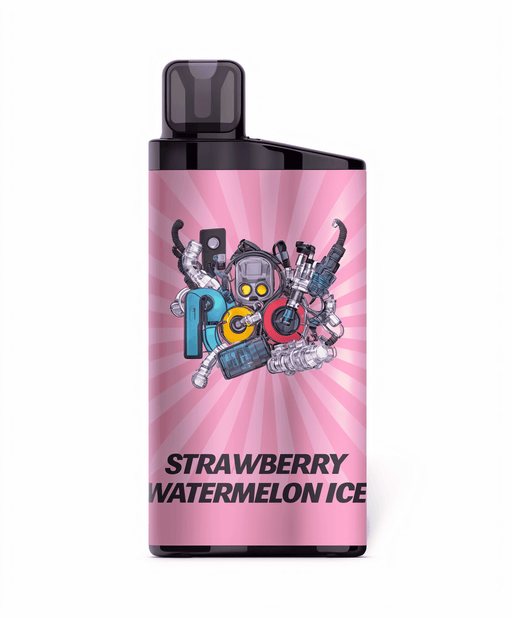 IGET Bar 3500 Puffs
IGET Bar 3500 Puffs
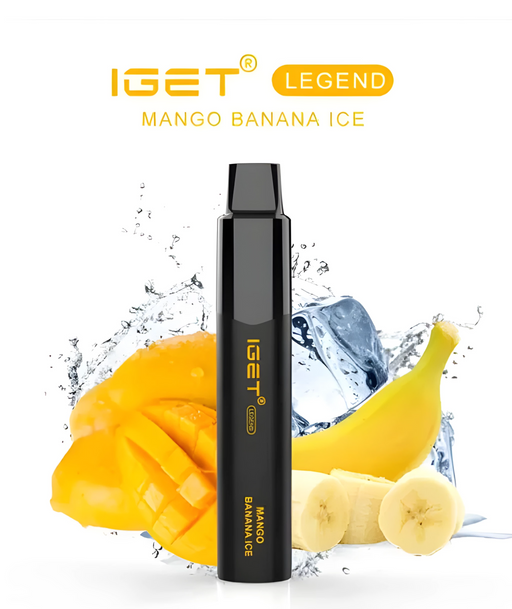 IGET Legend 4000 Puffs
IGET Legend 4000 Puffs
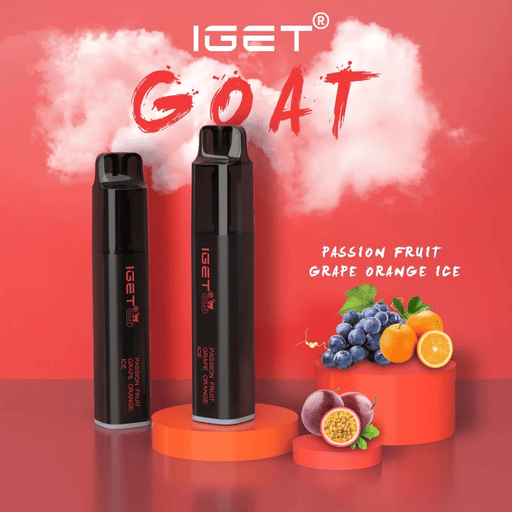 IGET Goat 5000 Puffs
IGET Goat 5000 Puffs